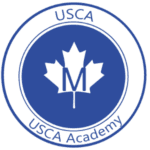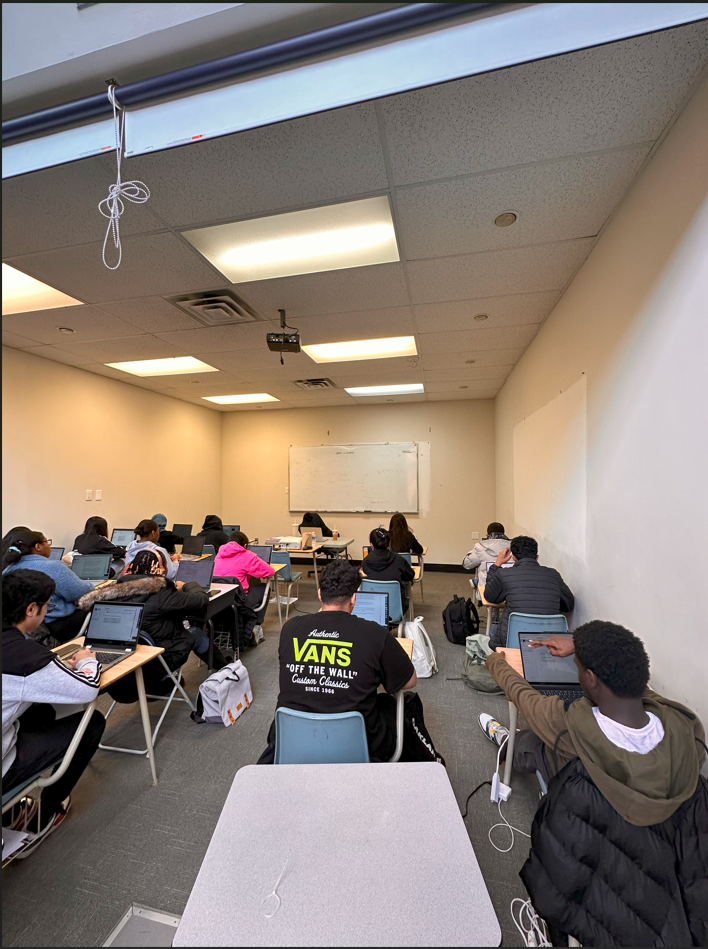Mixed – University Preparation | |
| Credit Value: | 1.0 |
| Prerequisite: | Any university or university/college preparation course in Canadian and world studies, English, or social sciences and humanities |
Course Description
This course is designed to help students acquire and demonstrate the cross-curricular literacy skills that are evaluated by the Ontario Secondary School Literacy Test (OSSLT). Students who complete the course successfully will meet the provincial literacy requirement for graduation. Students will read a variety of informational, narrative, and graphic texts and will produce a variety of forms of writing, including summaries, information paragraphs, opinion pieces, and news reports. Students will also maintain and manage a portfolio containing a record of their reading experiences and samples of their writing. Contact us to know more.
Outline of Course Content
Unit
Titles and Descriptions
Time and Sequence
Unit 1
Reading and Writing for Personal Success
In this introductory unit, students will reflect on their own personal information, experiences and interests. With this information, students will write self-reflections in a variety of forms. Key activities will include paragraphs introducing themselves, conversations between strangers, and
also using that information to write resumes and cover letters. Students will be guided as to how this information can be used to present themselves in through a variety of mediums to differing
audiences.
27 hours
Unit 2
Interpreting and using narrative forms
Students will be introduced to various forms of narratives, and their commonalities and differences. Both fiction and nonfiction will be covered, and the necessity of the 5Ws (Who, What, Where, When and Why) in creating complete picture for their audience. Students will also be taught the elements of the differences between narratives that discuss current events such as news articles and how the differ from the elements of storytelling, and to apply that knowledge.
27 hours
Unit 3
| Persuasive Writing and development Students will be presented a variety of texts to read, and asked to pay attention to the format of writing both persuasive paragraphs and essays. Students will be taken step by step through the writing process (brainstorming, outlines, and drafting) to help them with organizing and editing their ideas before presenting
their positions on a given subject. |
27 hours
Unit 4
Interpreting Informational and instructional text
Students will be presented a variety of texts to read, and asked to pay attention to the format of writing both persuasive paragraphs and essays. Students will be taken step by step through the writing process (brainstorming, outlines, and drafting) to help them with organizing and editing their ideas before presenting their positions on a given subject.
27 hours
Unit 5
Culminating Activity (15%)
Final Exam (15%)
7 hours
Total
110 hours
- Whole-class lecture, small-group, and individual instruction;
- Make appropriate and effective use of technology
- Use a variety of media resources (e.g., newspapers, Internet, magazines)
- Provide practice and extension opportunities
- Provide regular, informal assessment
- Provide feedback for students in order to improve their
- Make connections between the concepts learned and potential careers
General and Specific Principles Guiding the Assessment of Student Achievement in the OSSLC
The general principles guiding the assessment of student work are outlined in the ministry document Growing Success: Assessment, Evaluation and Reporting in Ontario Schools, 2010. These principles apply to the assessment of student work in this course.
In addition, to promote the growth in reading and writing skills of students taking this course, teachers need to ensure that their assessment practices:
provide opportunities for frequent diagnostic assessment before the introduction of new learning (e.g., review of the OSSLT Individual Student Report [ISR]; reading and writing interviews; observation of students at work);
provide varied, frequent, targeted, and ongoing feedback about students’ work, including teacher-student conferences;
provide multiple opportunities for students to practise skills, demonstrate achievement, and receive feedback before evaluation takes place;
provide students with models of quality reading responses and writing pieces to guide them in improving their own work.
Assessment of student work in the Ontario Secondary School Literacy Course differs from assessment for other courses in a number of key ways:
Students who receive 50 per cent or higher in the course receive a credit for the course and also are deemed to have met the secondary school literacy requirement for graduation.
The assessment will be based on the following processes that take place in the classroom:
| Assessment FOR Learning | Assessment AS Learning | Assessment OF Learning |
|---|---|---|
During this process the teacher seeks information from the students in order to decide where the learners are and where they need to go. | During this process the teacher fosters the capacity of the students and establishes individual goals for success with each one of them. | During this process the teacher reports student’s results in accordance to established criteria to inform how well students are learning. |
| Conversation | Conversation | Conversation |
Classroom discussion Self-evaluation Peer assessment | Classroom discussion Small group discussion Post-lab conferences | Presentations of research Debates |
| Observation | Observation | Observation |
| Drama workshops (taking direction) Steps in problem solving | Group discussions | Presentations Group Presentations |
| Student Products | Student Products | Student Products |
| Reflection journals (to be kept throughout the duration of the course) Check Lists Success Criteria | Practice sheets Socrative quizzes | Projects Poster presentations Tests In Class Presentations |
Although this course is offered in Grade 12 and represents a credit awarded in Grade 12, the standard for a pass in the course is comparable to that established by the OSSLT, which represents achievement of Grade 9 literacy expectations.
The course has an achievement chart that describes the levels of student achievement of literacy skills. However, as the Overview of the Achievement Chart below shows, the levels and their associated percentage grade ranges differ from those in the achievement charts for other courses.
This course differs from other courses in outlining specific requirements for evaluation in order to ensure alignment with the requirements of the OSSLT (see section on “Reporting on Student Achievement’)


